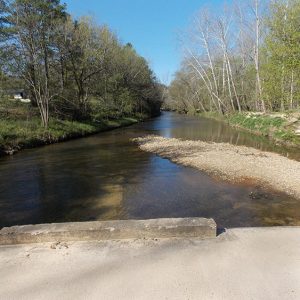 Poke Bayou
Poke Bayou
Entry Type: Place - Starting with P
 Poke Bayou
Poke Bayou
 Poke Bayou
Poke Bayou
Poke Bayou (Sharp County)
 Police and Court Building
Police and Court Building
 Polk Bayou Bridge
Polk Bayou Bridge
Polk County
 Polk County Courthouse
Polk County Courthouse
Pollard (Clay County)
 Pollard Street Scene
Pollard Street Scene
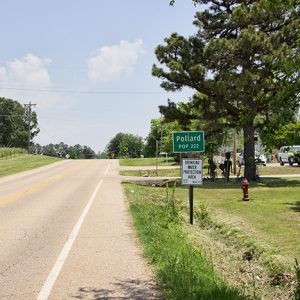 Pollard Street Scene
Pollard Street Scene
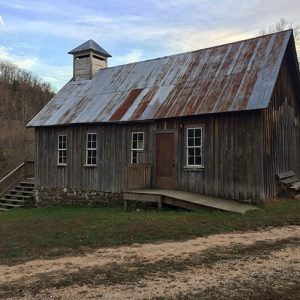 Ponca Church
Ponca Church
 Ponca Post Office
Ponca Post Office
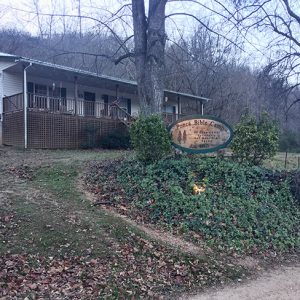 Ponca Bible Camp
Ponca Bible Camp
 Ponca Elk Education Center
Ponca Elk Education Center
Ponca Elk Education Center
Pond Creek National Wildlife Refuge
 Poor Farm Cemetery
Poor Farm Cemetery
 Poor Farm Cemetery
Poor Farm Cemetery
Pope County
 Pope County Courthouse
Pope County Courthouse
 Poplar Street
Poplar Street
Portia (Lawrence County)
 Portia Bay
Portia Bay
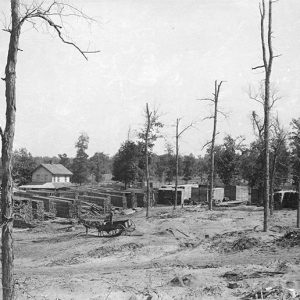 Portia Lumber Co.
Portia Lumber Co.
 Portia Lumber Company
Portia Lumber Company
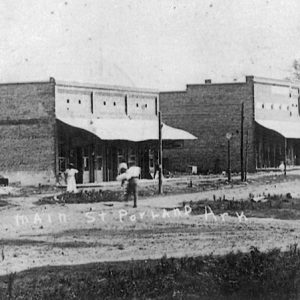 Portland Main Street
Portland Main Street
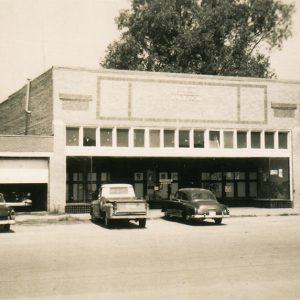 Portland City Hall
Portland City Hall
Portland (Ashley County)
Possum Grape (Jackson County)
 Possum Grape Mercantile
Possum Grape Mercantile
 Post Familie Vineyards and Winery
Post Familie Vineyards and Winery
Postage Stamps with Arkansas Connections
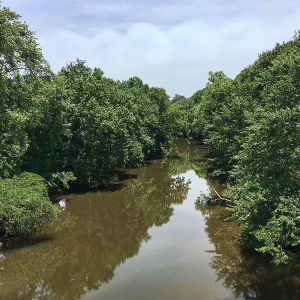 Poteau River
Poteau River
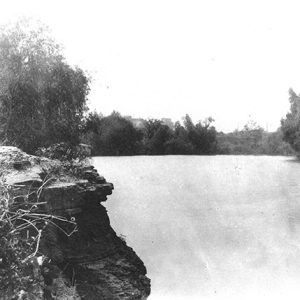 Poteau River
Poteau River
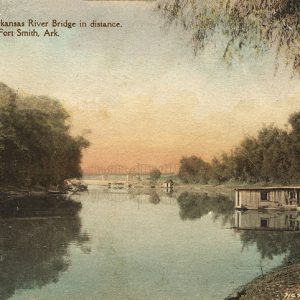 Poteau River at Fort Smith
Poteau River at Fort Smith
 Poteau River Bridge
Poteau River Bridge
Potlatch Cook’s Lake Nature Center
 Potts Inn
Potts Inn
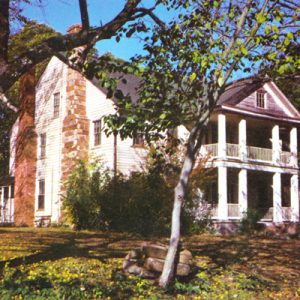 Potts Inn
Potts Inn
 Pottsville
Pottsville
Pottsville (Pope County)
 Pottsville Citizens Bank
Pottsville Citizens Bank
 POW Camp in Earle
POW Camp in Earle
Powder Magazine (Scott County)
Powhatan (Lawrence County)
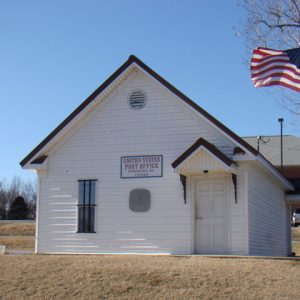 Powhatan Post Office
Powhatan Post Office
 Powhatan Courthouse
Powhatan Courthouse
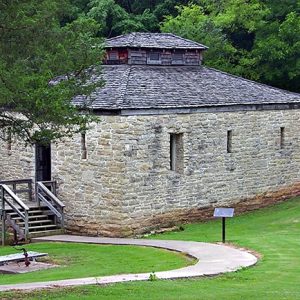 Powhatan Jail
Powhatan Jail
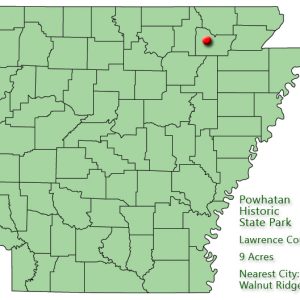 Powhatan Historic State Park: Park Location
Powhatan Historic State Park: Park Location




